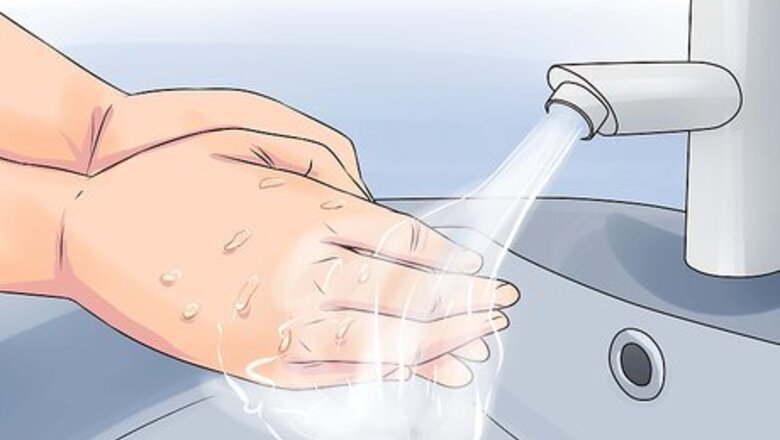
views
Cleaning a Cut or Scrape
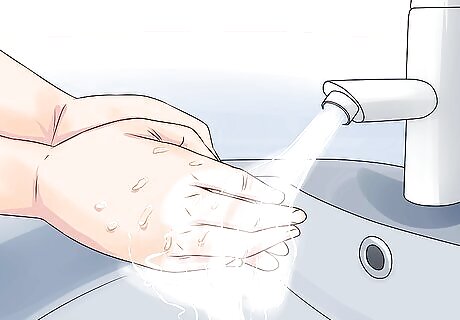
Wash your hands. If you are going to be putting your hands near an open cut, whether on you or someone else, your hands should be clean. Wash with soap and water, and dry off before handling any bandages or ointments. If you don’t have water, an antibacterial cleanser will do the trick in a pinch. Water is better, but the important thing is to keep your hands clean to avoid infecting the wound. If disposable protective gloves are available, go ahead and use them. They aren’t necessary, but anything to help prevent infection is a good idea.

Wash the cut. Use water to rinse out the cut, and use soap to help clean your wound and the area around it. Try to keep soap out of the cut. Washing the cut is also important because it will let you see how big it is. If it is especially large or deep, contact a doctor before trying to apply a bandage on your own.
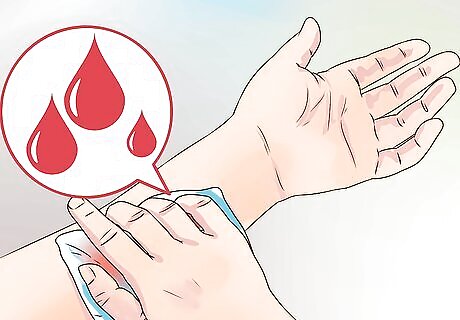
Apply pressure to stop the bleeding. Make sure the cut isn’t bleeding anymore before you start to put on any ointments or bandages. Hold a sterile bandage or clean cloth on the cut until it clots and the bleeding stops. If the cut is really small, a tissue might be enough to soak up the blood. If you can get a clean cloth, though, that is better. Don’t pull off the cloth or gauze to check on the wound until the bleeding has definitely stopped. That can cause the bleeding to restart. If blood starts to seep through, and the cloth or gauze has gotten soaked, don’t remove it from the cut. Simply add more on top, and keep up the pressure.
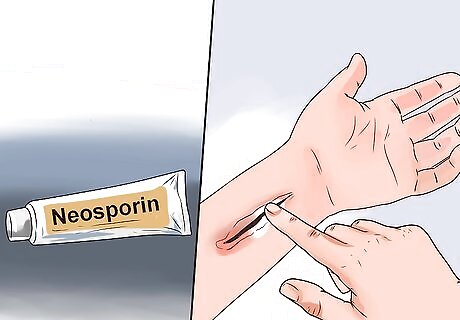
Use an antibiotic cream. Pat the area dry with a clean paper towel or cloth. Spread a thin layer of antibiotic cream over the cut to help prevent further infection. Something simple like Neosporin or Polysporin should be more than enough. If you don’t have any antibiotic ointment, use petroleum jelly instead to help prevent an infection. Some people are allergic to certain ointments, which cause a mild rash to appear on the skin. If the person starts to get a rash, stop using the ointment.
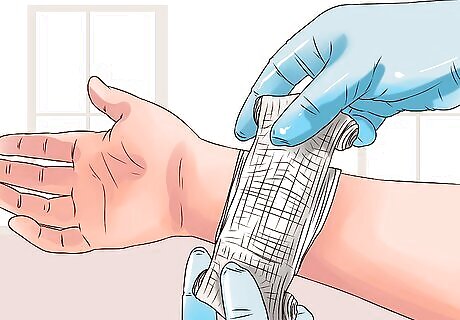
Put a bandage over the cut. You can either apply a band-aid, or hold a piece of gauze there and wrap it with medical tape or a larger bandage. This will help keep the wound clean and keep bacteria out. Make sure your bandage covers the entire wound. If there are parts that the bandage can’t cover, use another one. If the wound is a scrape or scratch, and hasn’t broken the skin or drawn blood, you don’t need to apply a bandage.
Cleaning a Puncture Wound
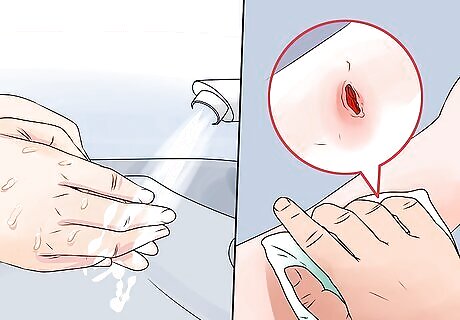
Wash your hands and stop the bleeding. Wash up with soap and water to help prevent infections. Then hold a clean cloth or bandage over the wound until the bleeding stops. Don’t pull off the cloth or gauze to check on the wound until the bleeding has definitely stopped. That can cause the bleeding to restart. If blood starts to seep through, and the cloth or gauze has gotten soaked, don’t remove it from the cut. Simply add more on top, and keep up the pressure.
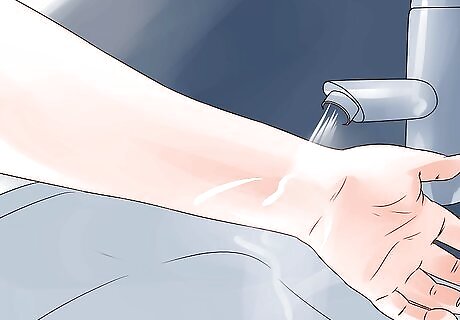
Rinse the wound under running water. A puncture wound is going to be deeper than a cut. Hold your wound under the running water for about 5 minutes to really rinse it out. Once you are finished, wash your wound and the area around it with soap.
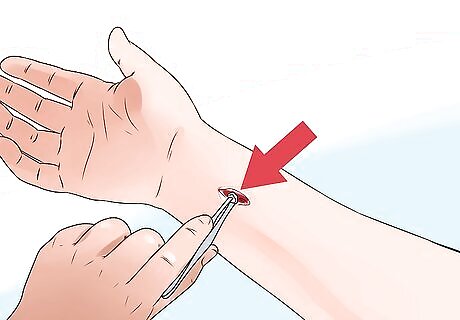
Look for anything in the wound. This could be dirt, splinters, the object that caused the wound, really anything that shouldn’t be there. You don’t want any foreign object in the wound, as it could lead to an infection, or prevent proper healing. However, if the puncture is deep and has the object that caused it still inside, leave that object in and go to the hospital. Removing it will cause more bleeding. If you do find something, don’t use your fingers to remove it. Instead, a pair of tweezers cleaned in rubbing alcohol should be enough to get out bits that won’t wash away. Be careful not to poke in the wound. Reaching your finger, or the tweezers, or anything else into the puncture wound will only make it worse.
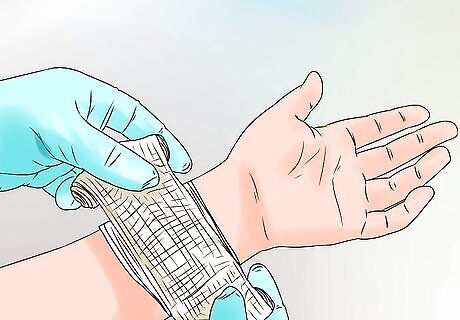
Put a clear ointment over the cut. Put a thin layer of antibiotic cream over the cut to promote healing and prevent an infection. If you don’t have an antibiotic ointment, opt for petroleum jelly instead. If the cut continues to bleed, cover it with a bandage. Change the bandage often to help drain and clean your wound. You should also contact your doctor for additional treatment or if you notice signs of infection, such as redness, pain, or swelling around the wound.










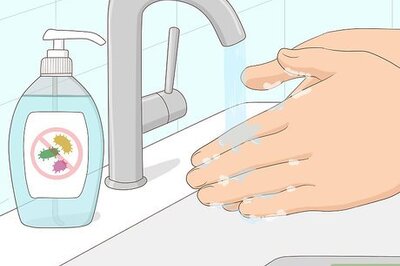





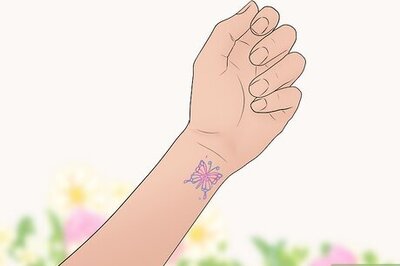



Comments
0 comment